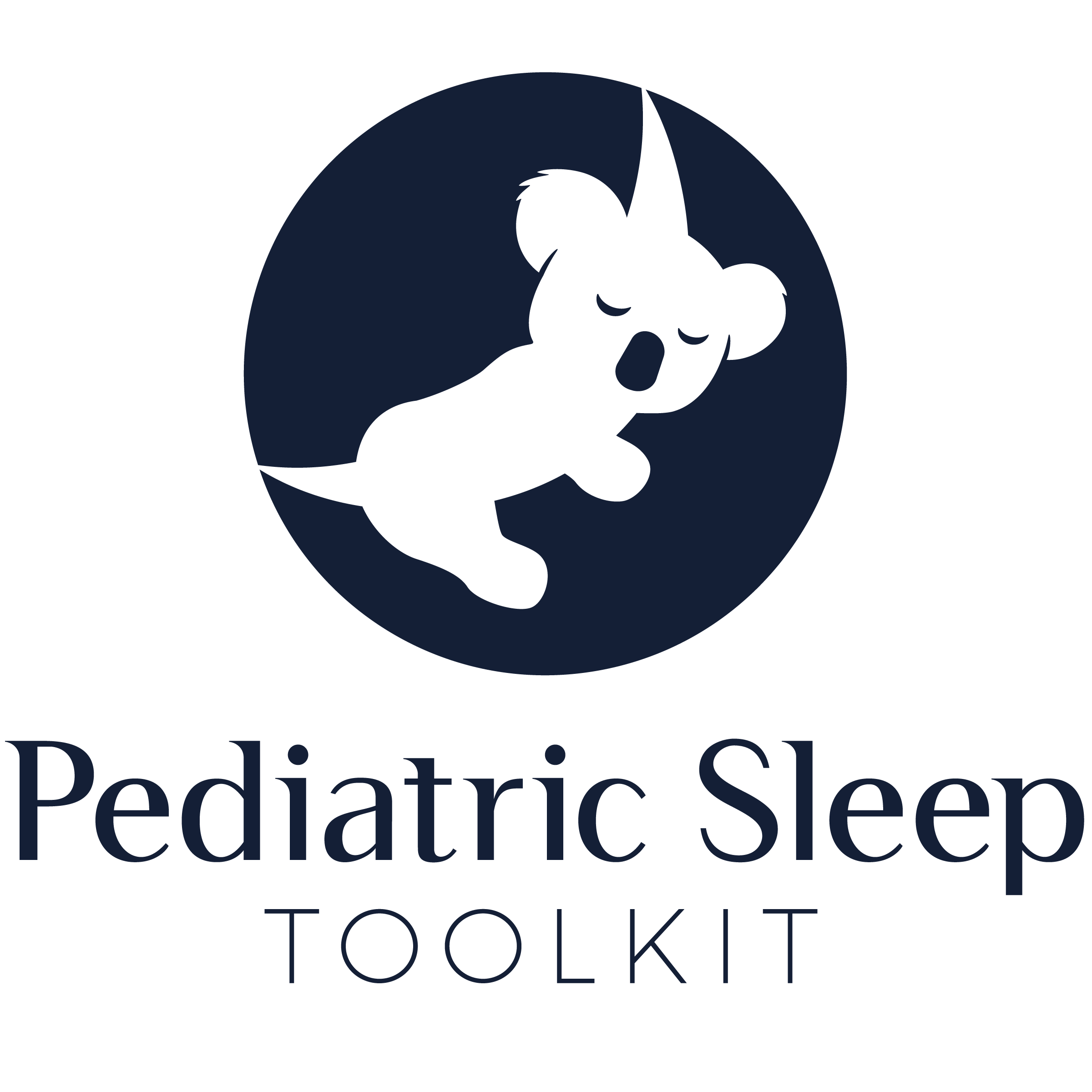On Demand Course
Because we know your time is limited, Nxyeos offers an on-demand course for busy clinical providers who want to learn about pediatric sleep. The Basics of Pediatric Sleep and Behavioral Interventions course includes a series of brief modules (no more than 10 minutes each), helping you learn something about pediatric sleep, even if you only have a short break!
If you are a busy clinical provider who wants to improve sleep in your pediatric patients, this course is for you!
Broken into bite-sized videos and case examples, this course includes 4 hours of recorded content on normal sleep across development, common pediatric sleep disorders, and interventions to treat sleep problems in infants through adolescents.
More Information and Sneak Previews!
Part 1 - Who Needs Sleep, What is Sleep, and Why We Sleep. Click here for a sneak preview on why we sleep.
Part 2 - Sleep and Circadian Physiology. Click here for a sneak preview on why it is so hard to fall asleep on Sunday nights if a teen has stayed up late and slept in on the weekends.
Part 3 - Sleep Duration and Deficient Sleep, including what is normal across development, as well as signs, causes, and consequences of insufficient or poor quality sleep. Here is a sneak preview that begins to answer the question “how can I tell if a child is getting enough sleep?”
Part 4 - Sleep PHDs: Sleep Patterns, Sleep Hygiene, and Sleep Disturbances across development. In this video I discuss strategies for keeping toddlers in their cribs until the age of 3 years.
Part 5 - Pediatric Sleep Disorders: Screening and Assessment. This video provides a few general screening questions that can be used in clinical practice.
Part 6 - The Basics of Pediatric Insomnia, including diagnostic criteria, evidence base, behavior theory, and types of insomnia. Here is a sneak preview of negative sleep onset associations, and how I explain sleep onset associations to parents.
Part 7 - Treatment of Infant Night Wakings. This section provides information on how to choose the right approach for each family, with detailed information about how to implement interventions to address infant night wakings.
Part 8 - Treatment of Preschool/School-Aged Insomnia. Bedtime problems and night wakings can be a struggle for families, and this section gives step-by-step instructions on how to help older children fall asleep and stay asleep.
Part 9 - Treatment of Nighttime Fears and Worries. With strategies that are first practiced during the day, this section will help you understand how to address common fears and worries that create sleep problems in children.
Part 10 - Adolescent Insomnia. This final section first helps you understand how to differentiate between adolescent insomnia and other common adolescent sleep problems, and then introduces the use of cognitive-behavioral therapy for insomnia (CBT-I).


